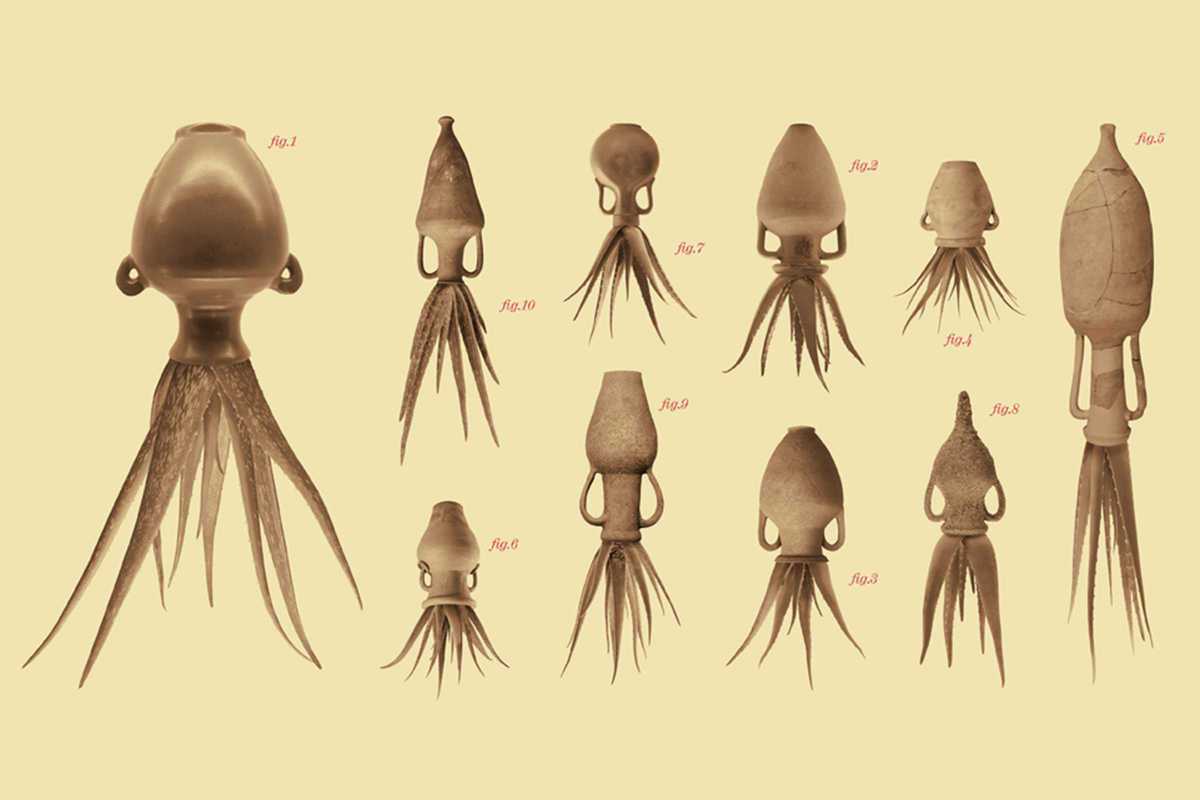Science Friction
By Matthew Duffield

While Mars. The Red Mirror explored humanity’s relationship with another planet in our galaxy, the latest exhibition at CCCB brings us, quite literally, closer to home. Not just in terms of physical location, but also concerning the other species whose space we share on Planet Earth. The twin pressures of the COVID-19 pandemic and the climate crisis have caused many to revaluate the relationship we have with our fellow inhabitants, and this theme is explored in Science Friction. Living Among Companion Species.
Inspired by the work of contemporary scientists Donna Haraway and Lynn Margulis, this exhibition starts from the premise that all terrestrial species are connected in a symbiotic, interdependent relationship. We share our ecosystems; autonomous organisms are a myth. In reality, nature is a network of collaborations and exchanges that allow us to coexist with other creatures. In this symbiotic relationship, the human species is not superior, and certainly not the masters; all are equal, and the well-being of one is the well-being of all.
To get scientific: it’s about transforming our understanding of nature from the human-centered world view of anthropocentrism to biocentrism, where humanity exists as part of a greater ecosystem. To illustrate this, Science Friction has assembled work from a global community of scientists, thinkers, artists and environmental activists in this area, and employs immersive audiovisual and sound installations, virtual reality, painting, drawing and avant-garde cinema alongside the sharing of scientific theories and information.
The crux of the exhibition is to stimulate debate and dialogue on this subject, and to stress the urgency of doing so. It’s hard to argue against the idea that we need to find another way to live with our companions on this planet, but out of the friction from this debate, new stories can be written and perhaps a new future imagined.
